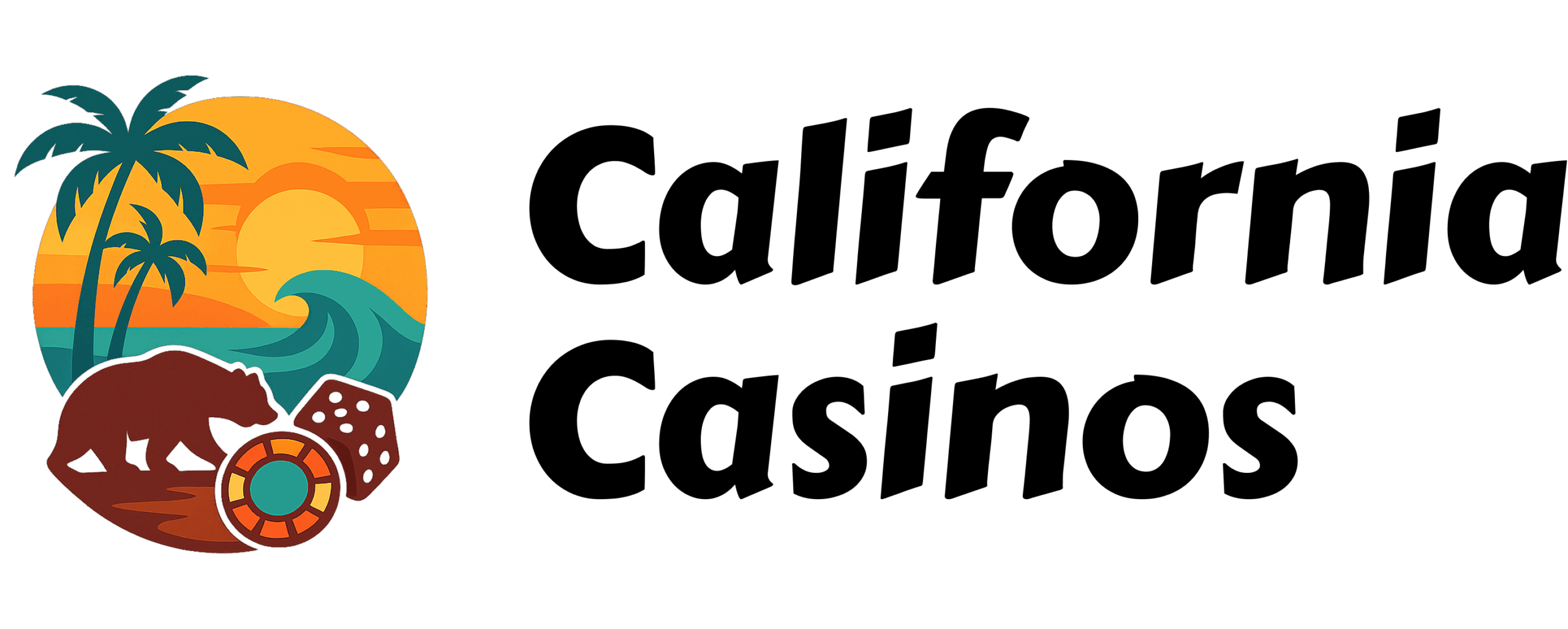Due to a lack, let’s be honest, of major GOP candidates (at this moment) for all the statewide races, there is little reason for voters to go the poll in November. Most of the legislative races will alos be pre-decided, based on gerrymandering, not the voters. Once the June primary is over we will know which sits will be hotly contested and which will be snoozers.
But, it will be the ballot propositions that bring the voters out—pension reform, legalized drugs, casinos in the community, control of hospital administrators pay and more. The issues we discuss will be issues, not candidates.
“The Pension Reform Act of 2014 would allow mayors to change their pension agreements with city workers. Pitney says state public employee unions are going to be “working very hard” to turn out their supporters. The side effect, he says, is “you could get higher Democratic turnout than you would have otherwise.”
The biggest boon for Democrats, however, could come if an initiative gets on the ballot to legalize marijuana in California, which would bring out younger voters.”

California ballot propositions could boost usually lackluster midterm voter turnout
Kitty Felde , KPCC 1/13/14
Turnout in California midterm election could be fueled by hot-button ballot propositions.
It’s just five months until primary day in California’s elections. Voters will decide whether to return the state’s 53 members of Congress to Capitol Hill. It’s an off-year election, when voters typically don’t turn out as they do when choosing a president. But conventional wisdom about low voter turnout in midterm elections may be turned on its ear in the Golden State — at least in November.
If Democrats want to take back the House of Representatives, they need to win 17 additional seats. But political analyst David Wasserman of the Cook Political Report says Democrats have a demographic problem: in mid-term elections, he says, “The proportion of voters over the age of 45 in the electorate tends to be 8-10 points higher as a share of the electorate than it is in Presidential elections.”
In other words, older voters are more likely to show up at the polls.
Wasserman says until recently, older voters split pretty evenly between Democrats and Republicans. Not anymore. Now, Wasserman says, Democrats are performing much better with voters under 30 than they are with voters 60 and older. That gives Republicans a “built-in” turnout advantage in midterms.
Wasserman says Democrats have a geographic problem as well: they’re “inefficiently clustered” in urban areas and their votes aren’t as “efficiently spread as Republicans.” Wasserman says Democrats will have to pick up independent voters if they want a shot at winning the 218 seats necessary to regain the House.
Too bad for Democrats that the rest of the country doesn’t look like California, where the Republican party is shrinking. The GOP lost four California seats in the House in 2012. They could lose another one this year. Wasserman says the Inland Empire’s Gary Miller is “by far the most vulnerable incumbent on the Republican side.”
GOP turnout in California could get a boost in November if a proposed proposition gets on the ballot. The Referendum to Overturn Non-Discrimination Requirements for School Programs and Activities would overturn the new state law that allows transgender public school children to pick the bathroom they want to use. There are also several anti-abortion measures, including one that would extend due process protection to fertilized human eggs. Both measures could bring social conservatives to the polls.
But Jack Pitney, political science professor at Claremont McKenna College, says another proposed ballot measure could tip the scales toward Democrats.
The Pension Reform Act of 2014 would allow mayors to change their pension agreements with city workers. Pitney says state public employee unions are going to be “working very hard” to turn out their supporters. The side effect, he says, is “you could get higher Democratic turnout than you would have otherwise.”
The biggest boon for Democrats, however, could come if an initiative gets on the ballot to legalize marijuana in California, which would bring out younger voters.
But initiatives won’t be on the ballot until November, as mandated by state law. The reason? Low voter turnout in primaries. In signing the bill, Governor Jerry Brown said, “The idea of direct democracy is to involve as many voters as possible.”







